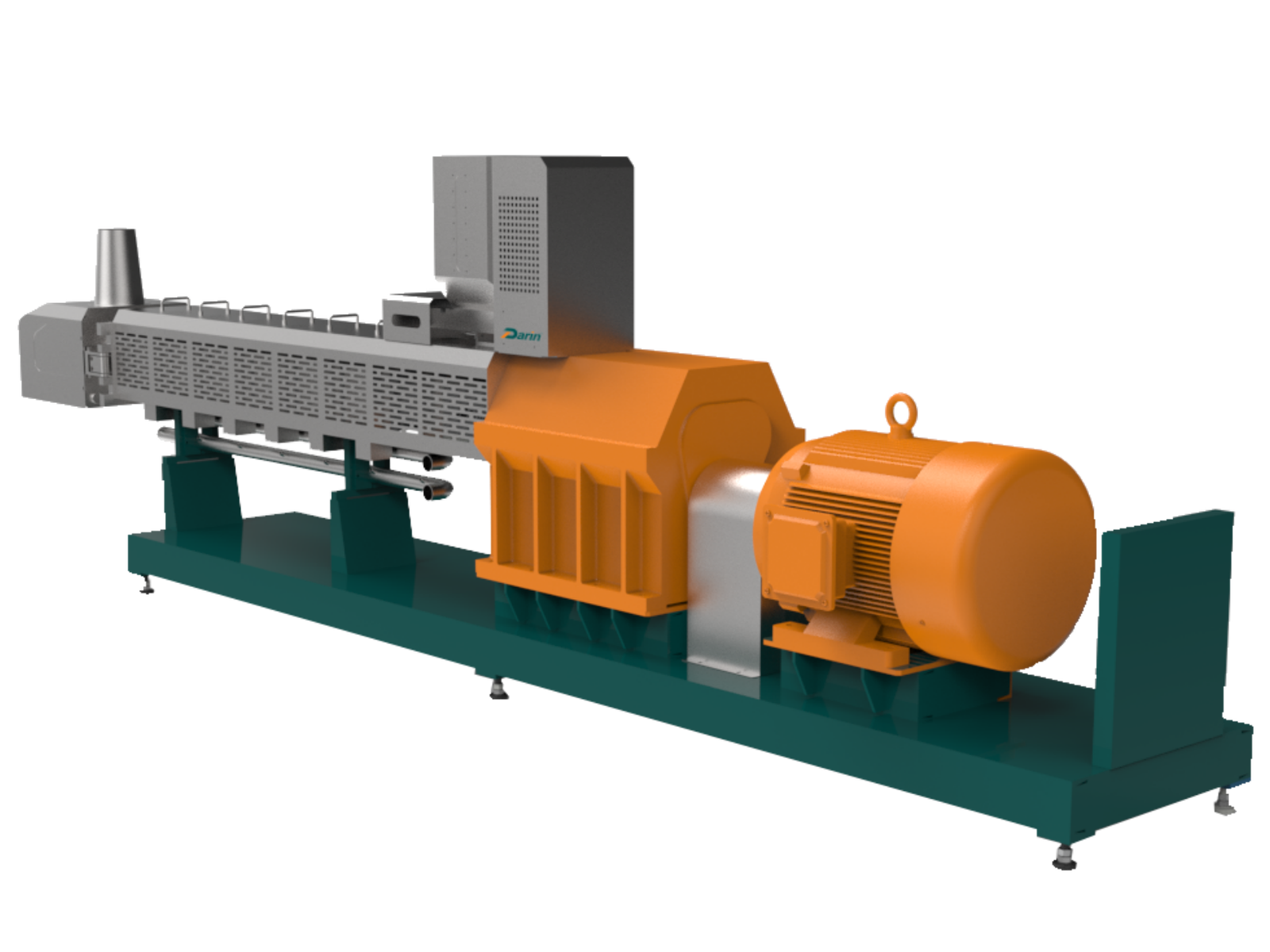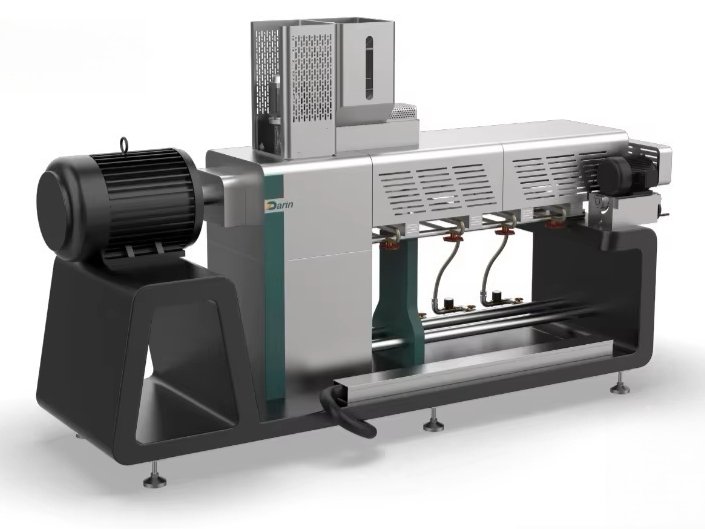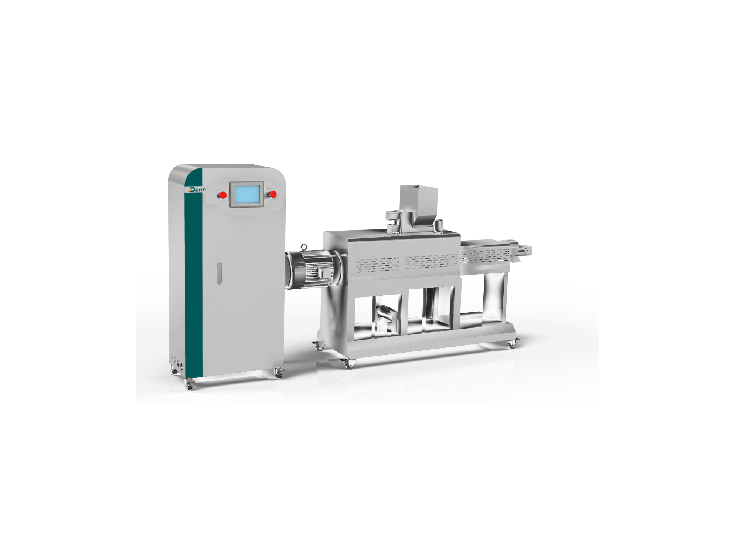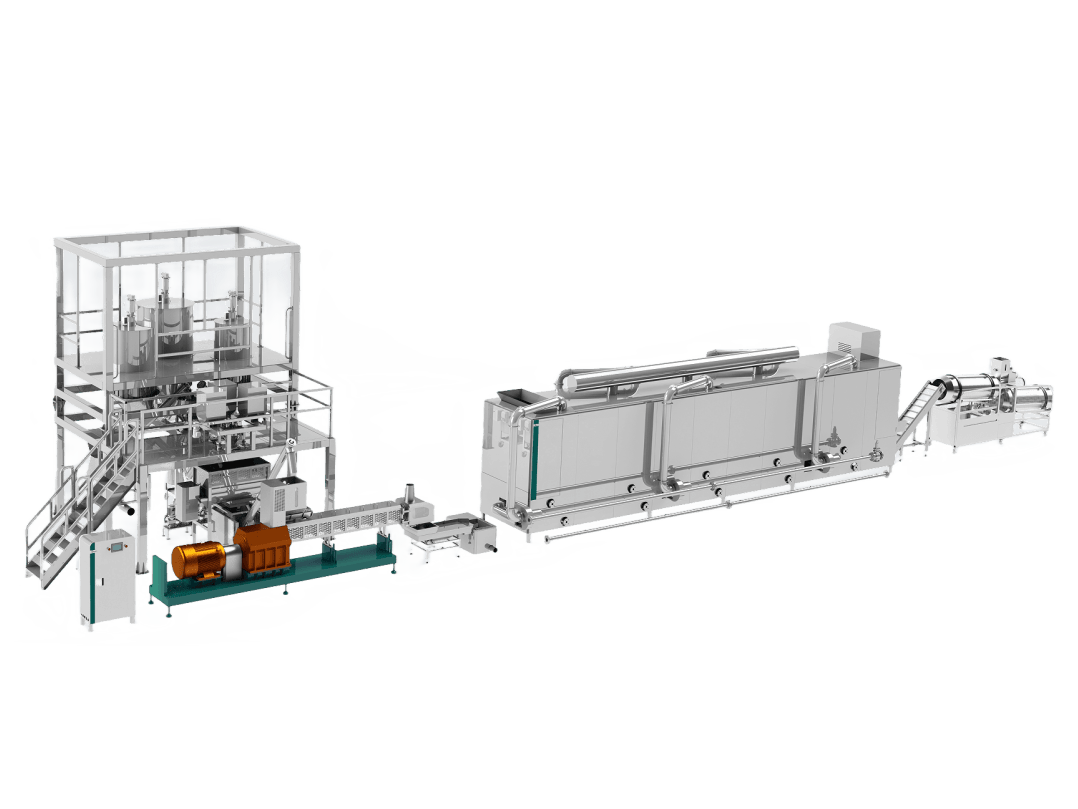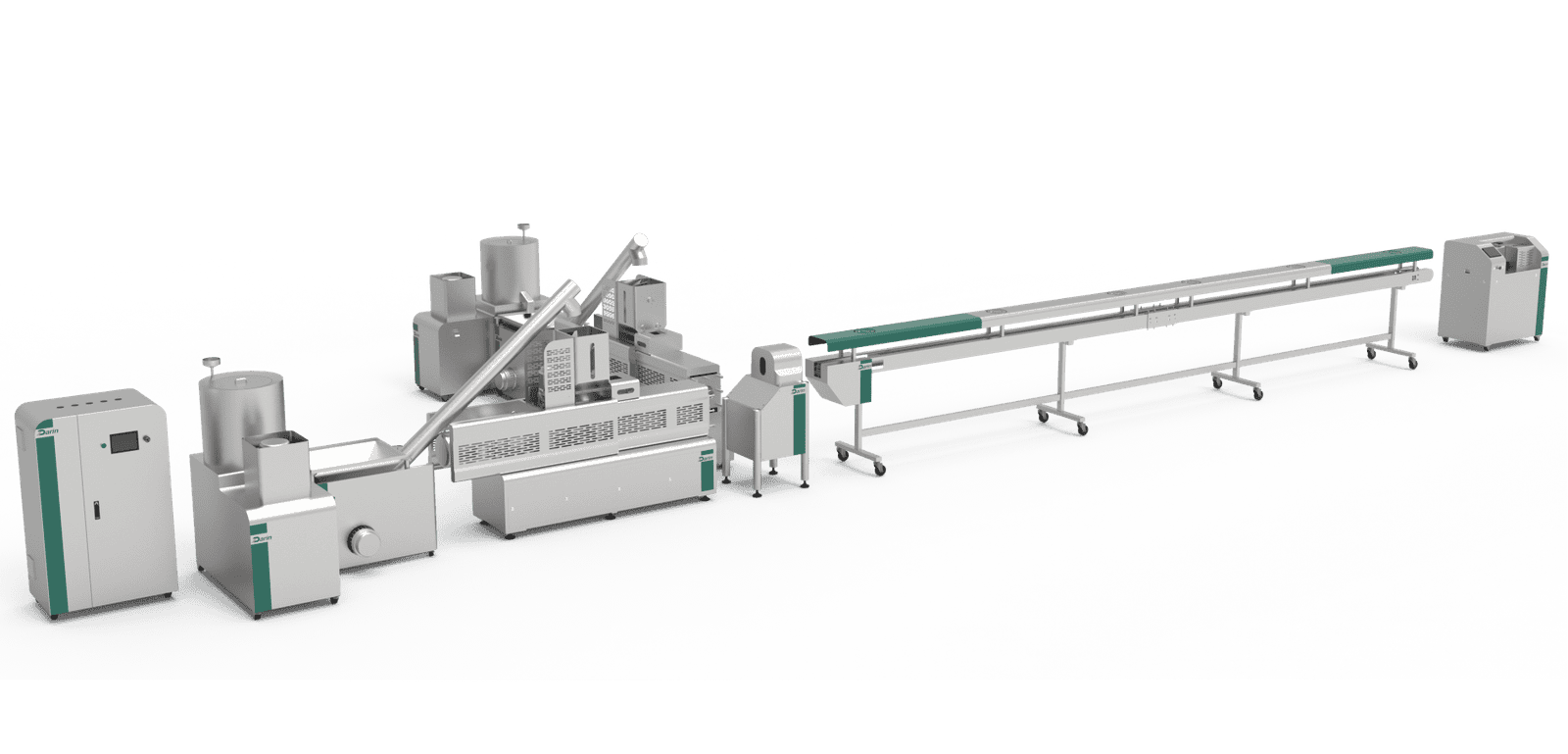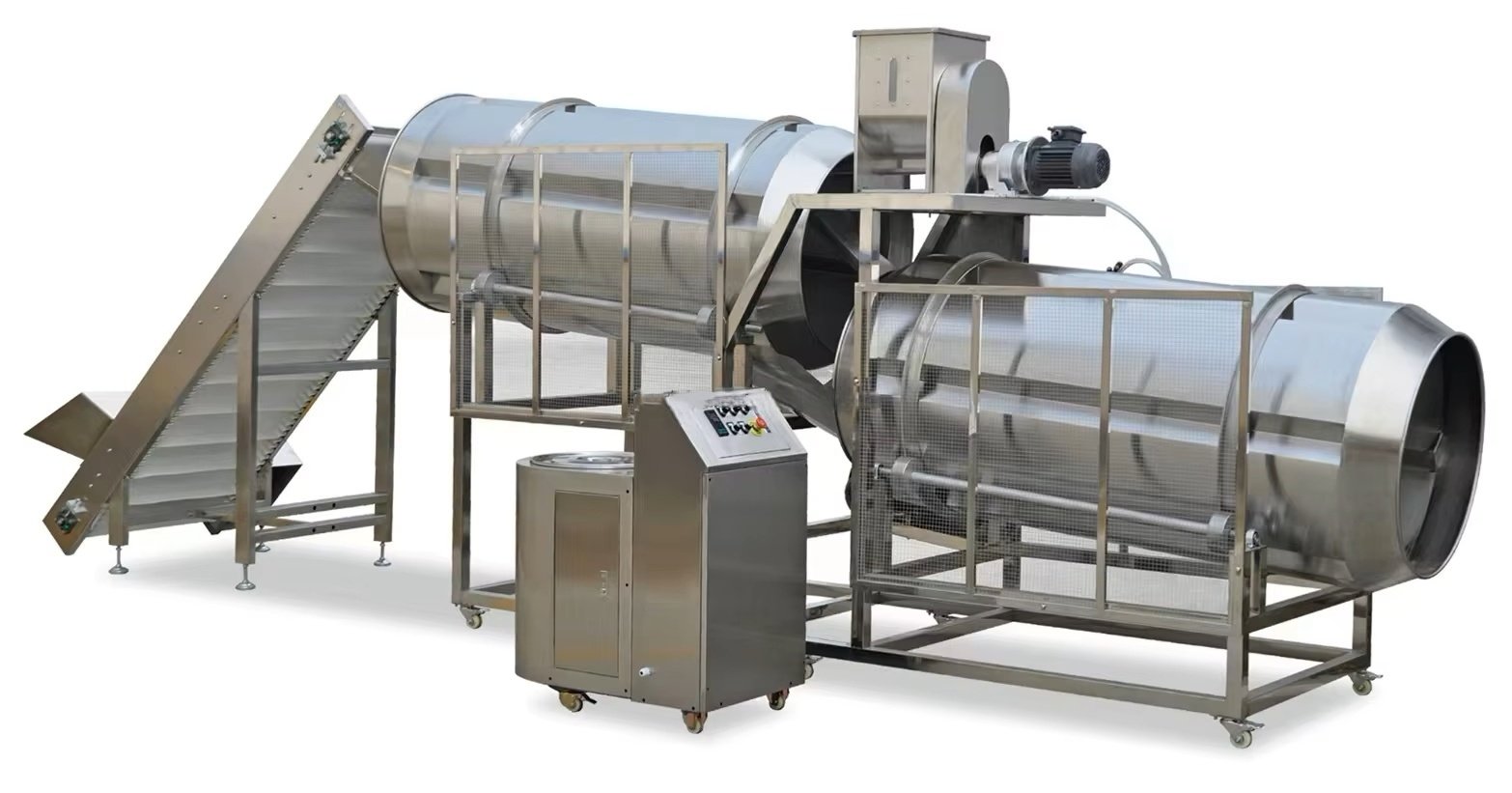
In the food industry, selecting the right extruder is critical to product consistency, processing efficiency, and innovation flexibility. Many manufacturers face a tough decision between single-screw and twin-screw extrusion systems. Choosing the wrong one can result in limited recipe options, inconsistent quality, higher energy costs, and product recalls. So how do you decide which is better for your specific application—single-screw or twin-screw extrusion? This article gives you a detailed, side-by-side analysis to make the right investment for your production line.
Twin-screw extrusion is generally better for complex food formulations, high-moisture content, and advanced processing control, offering superior mixing, versatility, and throughput, while single-screw extrusion is more cost-effective and sufficient for simpler, dry formulations like pasta or basic snacks.
Keep reading to explore which type of extruder best fits your product goals, operational budget, and process complexity. We provide data, real-world use cases, and comparative charts to help you decide.
\
Single-screw extruders are always better because they are simpler.False
While simpler, single-screw extruders are not suitable for all food types; twin-screw extruders offer better control and versatility for complex formulations.
Technical Comparison: Twin-Screw vs Single-Screw Extrusion
Below is a detailed comparative chart outlining their performance across critical food processing dimensions:
| Parameter | Single-Screw Extruder | Twin-Screw Extruder |
|---|---|---|
| Mixing Capability | Basic | Advanced (ideal for emulsions, fibers, etc.) |
| Handling of Wet/Sticky Inputs | Poor to moderate | Excellent (handles high moisture, viscous mix) |
| Material Flexibility | Limited to consistent dry inputs | Excellent adaptability to diverse materials |
| Shear Control | Fixed and limited | Adjustable and modular |
| Thermal Control | Less precise | Highly controllable per barrel segment |
| Ingredient Injection | One or two points | Multiple ports for liquids, steam, etc. |
| Start-Up/Changeover Time | Moderate | Faster due to modular screw/barrel design |
| Energy Efficiency | More efficient per unit of power | More efficient per unit of product output |
| Maintenance | Lower maintenance cost | Higher initial complexity but modular |
| Best Use Cases | Pasta, dry pet food, rice-based snacks | Plant-based meat, cereals, filled snacks |
\
Twin-screw extruders are only useful for specialty applications.False
They are now mainstream in food processing, from pet food to protein snacks and cereals.
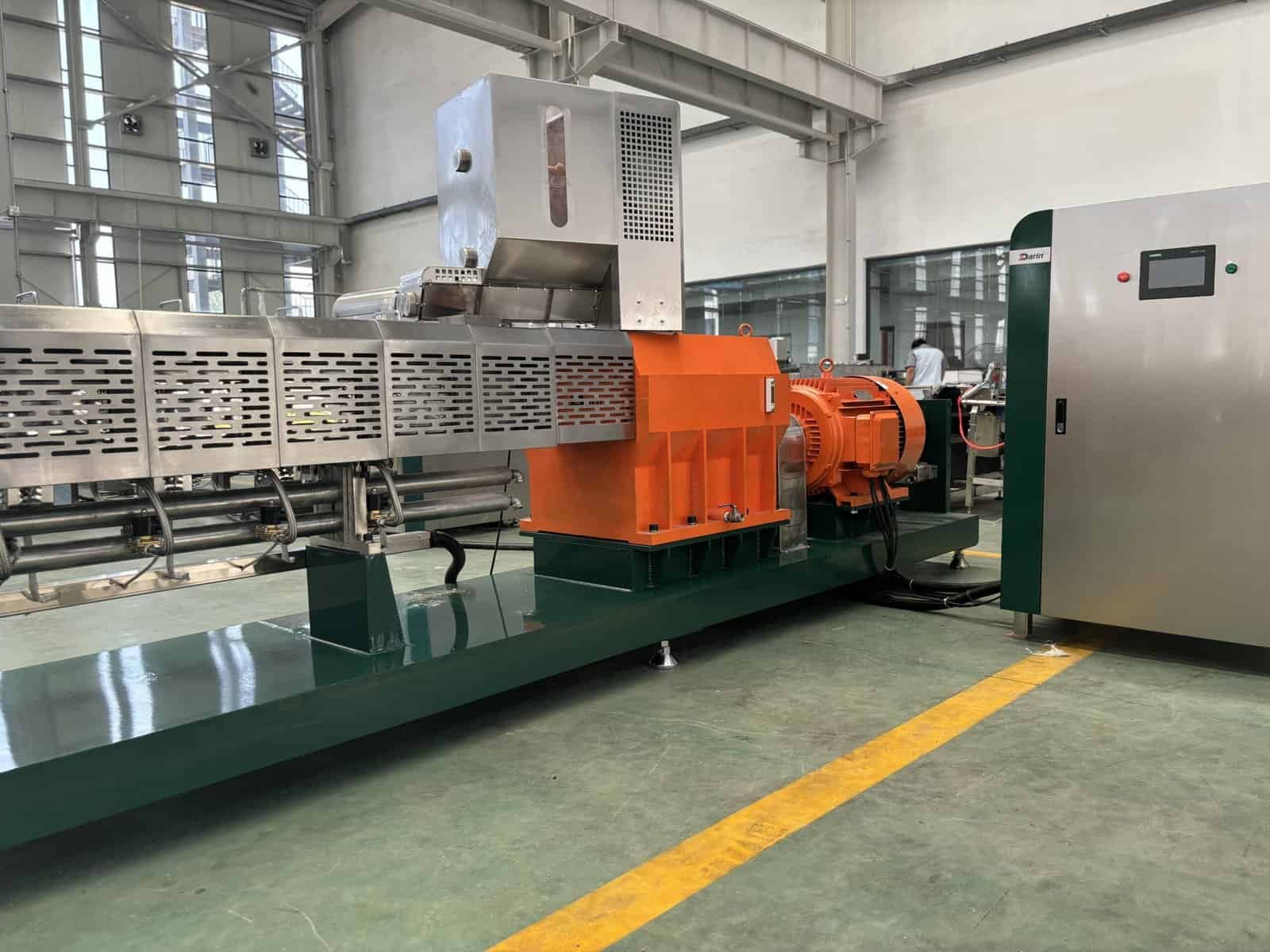 darin® pet food extruder[/caption]
darin® pet food extruder[/caption]
Performance Chart: Output vs Moisture Handling
| Product Type | Ideal Moisture Level (%) | Preferred Extrusion Type | Reasoning |
|---|---|---|---|
| Pasta | 12–15 | Single-Screw | Simple dry formulation, minimal mixing required |
| Pet Food (Basic Kibble) | 20–25 | Single-Screw or Twin-Screw | Both can work, twin-screw gives better expansion control |
| Textured Vegetable Protein | 50–60 | Twin-Screw | High-moisture, needs precise temperature/shear |
| Cereal (Multi-Grain) | 25–30 | Twin-Screw | Requires good ingredient dispersion and product shaping |
| Filled Snack Pellets | 30–35 | Twin-Screw | Complex structure needs accurate co-extrusion |
Cost Considerations
| Cost Factor | Single-Screw Extruder | Twin-Screw Extruder |
|---|---|---|
| Initial Equipment Cost | Lower (\~30–50% cheaper) | Higher investment |
| Operational Flexibility | Limited | Broad recipe range |
| Downtime for Maintenance | Lower | Slightly higher |
| Waste During Trial Runs | More | Less (better process stability) |
| Lifecycle ROI | Moderate | High for varied product lines |
\
Twin-screw extruders are significantly harder to clean.False
Modern designs offer quick disassembly or clean-in-place systems, minimizing downtime and labor.
Case Example: Snack Manufacturer Decision
A snack food company producing puffed rice balls originally used single-screw extrusion. As they added multigrain and fortified recipes, product quality became inconsistent, and they faced frequent clogging due to sticky inputs. After switching to a twin-screw extruder with modular screw zones, they reduced waste by 40%, cut recipe changeover time by 60%, and achieved consistent puff expansion, leading to increased customer satisfaction.
Product Adaptability Matrix
| Product Complexity | Single-Screw Feasible? | Twin-Screw Recommended? |
|---|---|---|
| Simple Dry Products | ✅ | ✅ |
| Multiphase Emulsions | ❌ | ✅ |
| High-Moisture Protein | ❌ | ✅ |
| Fortified Snacks | ⚠️ (Limited) | ✅ |
| Fiber-Enriched Pet Food | ⚠️ (Possible) | ✅ |
Conclusion
Choosing between single-screw and twin-screw extruders should be based on your production complexity, ingredient diversity, and expansion goals. For companies focusing on simple, high-volume products with consistent input, single-screw extruders remain economical and sufficient. But if your business requires advanced formulation, moisture control, or rapid product development, twin-screw extrusion provides a future-proof, scalable advantage.
Let Darin Machinery Help You Decide
As a global expert in food extrusion systems, Darin Machinery offers both single and twin-screw extruders tailored to your product needs. Whether you're launching a new pet food line or expanding your snack offerings, our engineering team will guide you to the most cost-effective and high-performance solution. Reach out today to discuss your food extrusion strategy.
5. FAQ
Q1: What is the difference between single-screw and twin-screw extruders in food processing?
A1: Single-screw extruders use one rotating screw to push material through a barrel, offering simplicity and efficiency for uniform dry mixes. Twin-screw extruders, on the other hand, use two intermeshing screws to provide better mixing, control, and versatility—making them ideal for complex or multi-ingredient recipes such as pet food, meat analogs, or fortified snacks.
Q2: When should I use a twin-screw extruder over a single-screw for food production?
A2: Twin-screw extruders are best for applications requiring intensive mixing, ingredient flexibility, or consistent quality control. They handle sticky, moist, or unevenly fed ingredients better than single-screw systems, making them ideal for high-protein foods, baby foods, or extruded snacks with diverse ingredients.
Q3: Is a single-screw extruder more energy-efficient than a twin-screw in food manufacturing?
A3: Single-screw extruders are generally more energy-efficient for simpler products because of their streamlined mechanics and lower power requirements. However, for complex products, the superior control of a twin-screw system often leads to better overall process efficiency and lower waste, offsetting the higher energy input.
Q4: Which type of extruder produces higher-quality food products?
A4: Twin-screw extruders often produce higher-quality, more consistent food products due to precise control over temperature, pressure, and shear forces. This is crucial for specialized applications like fortified snacks or textured vegetable proteins (TVP), where uniformity and ingredient dispersion are critical.
Q5: What are the cost differences between single and twin-screw extruders?
A5: Single-screw extruders are more affordable in terms of initial investment and maintenance. Twin-screw extruders have higher upfront costs but offer better return on investment in applications needing versatility, frequent changeovers, or premium-quality output, reducing downtime and increasing product variety.
6. References
- Twin Screw Extruders Explained – https://www.thermofisher.com/blog/materials/twin-screw-extrusion-basics/ – Thermo Fisher Scientific
- Single vs Twin Screw Extrusion – https://www.extru-techinc.com/blog/single-vs-twin-screw-extruders/ – Extru-Tech
- How Food Extruders Work – https://www.sciencedirect.com/science/article/pii/B9780128152607000149 – ScienceDirect
- Food Extrusion Processing Overview – https://www.researchgate.net/publication/311820336_Food_Extrusion_Processing – ResearchGate
- Clextral Twin-Screw Extrusion – https://www.clextral.com/twin-screw-extrusion/ – Clextral
- Extrusion Technology in Snack Production – https://www.snackandbakery.com/articles/101235-extrusion-equipment-takes-snack-production-forward – Snack Food & Wholesale Bakery
- Choosing the Right Extruder – https://www.readingbakery.com/blog/how-to-choose-the-right-extruder.html – Reading Bakery Systems
- Fundamentals of Extrusion – https://www.sciencedirect.com/book/9780128152607/fundamentals-of-food-extrusion – ScienceDirect
- Energy Consumption in Food Extrusion – https://www.mdpi.com/2304-8158/10/11/2731 – MDPI


